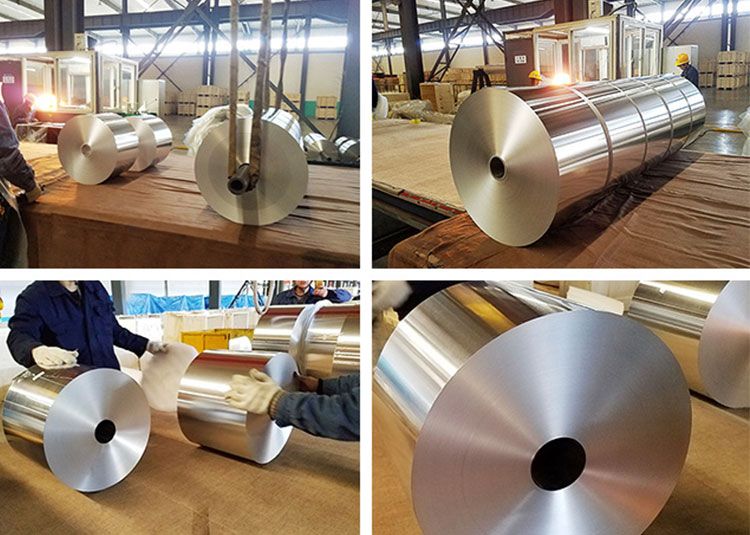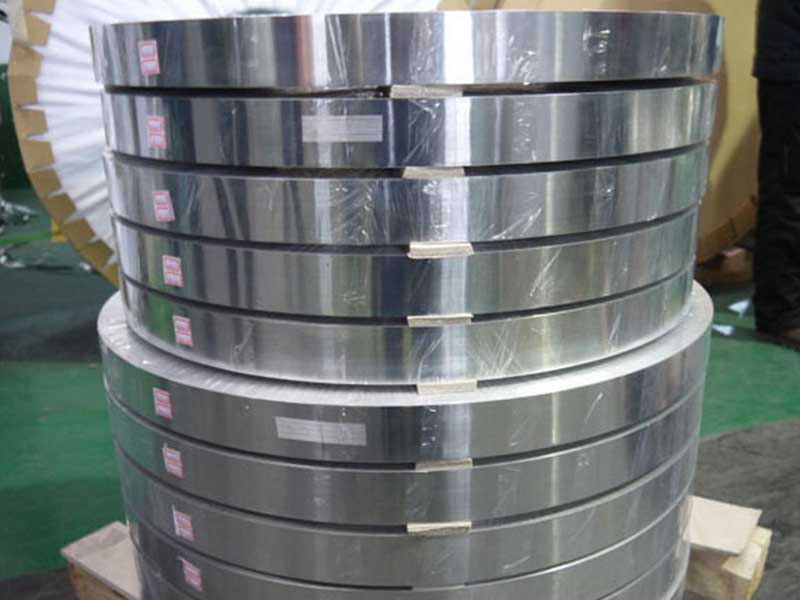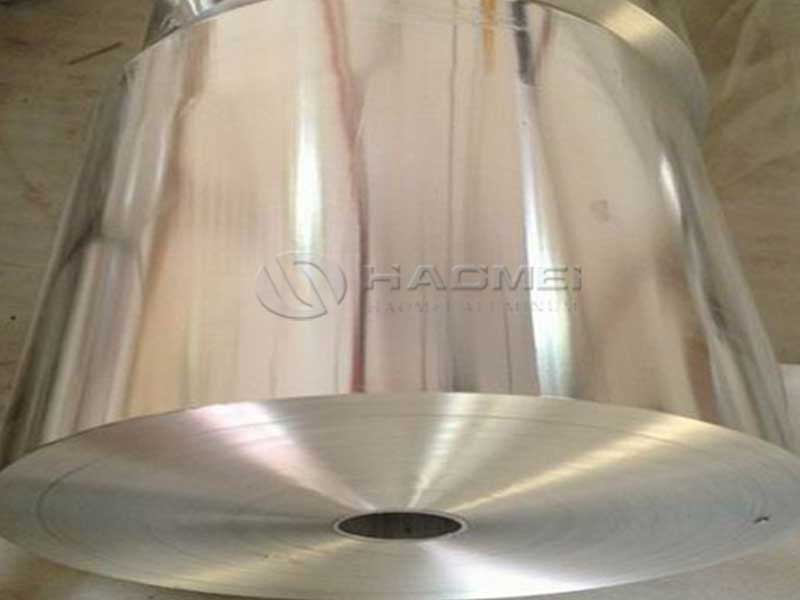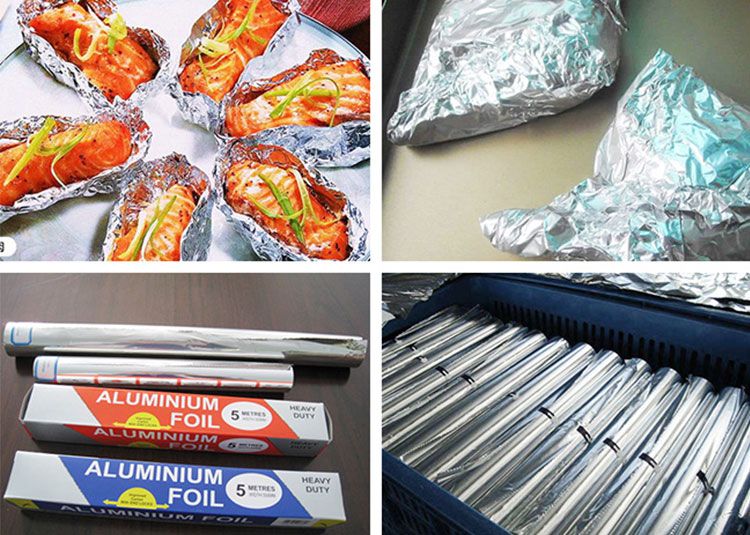Introduction
In various industrial and engineering applications, efficient, lightweight, and corrosion-resistant heat transfer materials are extremely important. The 1100-O aluminium fin stock, as an innovative heat exchange material, has brought new possibilities to heat transfer technology with its unique performance and wide range of applications. This article will detail the characteristics, applications, and manufacturing processes of this material.

Characteristics of 1100-O Aluminium Fin Stock
High Thermal Conductivity: The 1100-O aluminium fin stock has an extremely high thermal conductivity, effectively transferring heat and reducing thermal resistance to meet the demands of efficient heat transfer.
Lightweight: Compared to other metal heat transfer materials, the 1100-O aluminium fin stock has a smaller density, beneficial for reducing equipment weight and energy consumption.
Enhanced Corrosion Resistance: Through annealing, the corrosion resistance of the 1100-O aluminium alloy has been significantly improved, enabling it to maintain stable heat transfer performance in corrosive environments.
Machinability: The 1100-O aluminium fin stock has excellent machinability to meet various complex shaping requirements.
Environmentally Friendly: The 1100-O aluminium fin stock is a recyclable material, meeting environmental requirements.
Applications of 1100-O Aluminium Fin Stock
Air Conditioning and Refrigeration Equipment: Widely used in key components such as condensers and evaporators in air conditioning and refrigeration equipment, the 1100-O aluminium fin stock enhances equipment performance with its high thermal conductivity and lightweight characteristics.
Automotive Industry: Used in the cooling systems of automobiles for manufacturing radiators, intercoolers, and other components to meet the heat dissipation requirements during high-speed driving. Its enhanced corrosion resistance enables stable performance in wet or salt spray environments.
Power Industry: Used in the cooling systems of equipment such as transformers and reactors in the power system to ensure stable operation. Its high thermal conductivity and lightweight characteristics contribute to improving equipment efficiency and stability.
Electronics Industry: Used in electronic devices for manufacturing heat sinks, chip coolers, and other components to meet the temperature control requirements. Its high thermal conductivity and lightweight characteristics contribute to improving cooling efficiency and portability of the equipment.

Manufacturing Process of 1100-O Aluminium Fin Stock
The manufacturing process of 1100-O aluminium fin stock mainly includes the following steps:
Melting and Casting: Melting pure aluminium or aluminium alloy into a liquid state and forming preliminary fin stock through casting.
Heat Treatment: Carrying out appropriate heat treatment to adjust the material's microstructure and mechanical properties, enhancing its thermal conductivity and corrosion resistance.
Annealing Treatment: Conducting annealing treatment at appropriate temperature and time to further optimize the material's performance.
Machining: Processing the fin stock into the required shape and size through turning, milling, and other machining methods.
Quality Inspection and Packaging: Conducting quality inspections on the finished products, such as dimension checks and thermal conductivity tests, and packaging the qualified products to protect their quality during transportation and storage.










